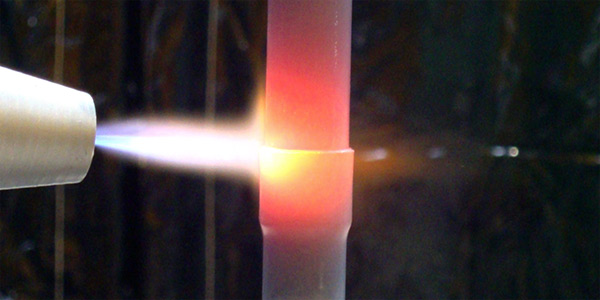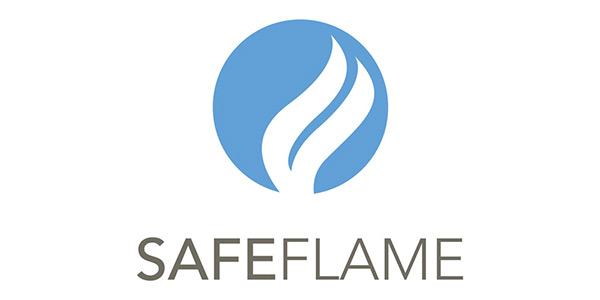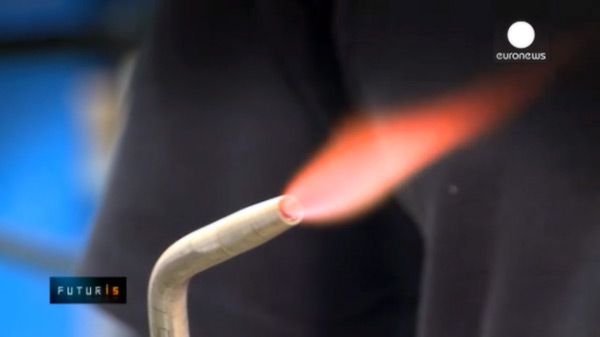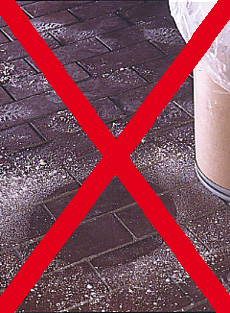De-ionized (DI) or reverse osmosis (RO) water is recommended to make up the flux slurries. This is to avoid long-term accumulation of mineral deposits in the flux delivery system that can cause blockage of nozzles and/or inadvertently drop on the heat exchanger. Furthermore, local plant or city water may contain ppm levels of contaminants such as chloride and copper that are detrimental with respect to corrosion performance. Other contaminants may also be present which can affect brazing. Furthermore, to avoid any seasonal variations in water quality, to avoid variations in water quality between manufacturing locations and so on, it is highly recommended that DI or RO water is used to make us flux slurries.
Water analysis recommended
In general, it is difficult to comment on potential effects of trace impurities in the flux slurry water without knowing more details about the character of the contamination. There may be only very little influence on the brazing results even with 1,000 μScm-1 conductivity. However, it is necessary to perform a chemical analysis of the water for further evaluation in each case.
The use of de-ionized water has always been recommended to prevent scale build up in the flux delivery system. Reverse osmosis (RO) water is also used successfully. There are no recommendations on conductivity or maximum hardness values (except those related to the calcium levels as listed below). The only reference Solvay Fluor can provide is the conductivity of the de-ionized water used at our Technical Services and Analytical Department in Hanover, which is below 0.2 μScm-1.
As far as we know, no scientific study was yet conducted to determine water quality requirements for aluminum brazing. In collaboration with Alcan, Solvay Fluor has established guidelines for maximum impurity limits for water quality based on contamination which might interfere with brazing or cause discoloration of the brazed parts:
[table id=3 /]
For Chloride a maximum of 0.02% is specified (corrosion problems). Based on experiences at some customer locations with post braze odor in the past, Sulfates should be below 0.02%. Phosphates can cause problems with post braze odor too, due to the potential formation of PH3. Silicates are known to interfere with flux activity. Borates and Silicates can cause black spots on post braze flux residue.
Residual hydrocarbons on all aluminum surfaces should be limited to the lowest level possible, due to the potential formation of carbonaceous residue and the long term corrosion problems caused by this residue. The same applies to all other carbon containing trace impurities in the system.
Most of the above information refers to flux and flux slurry contamination. However, it also relates to other additives and chemicals in the process, particularly when those additives cannot be,- or are not-, removed from the fluxed component prior to reaching brazing temperature.




